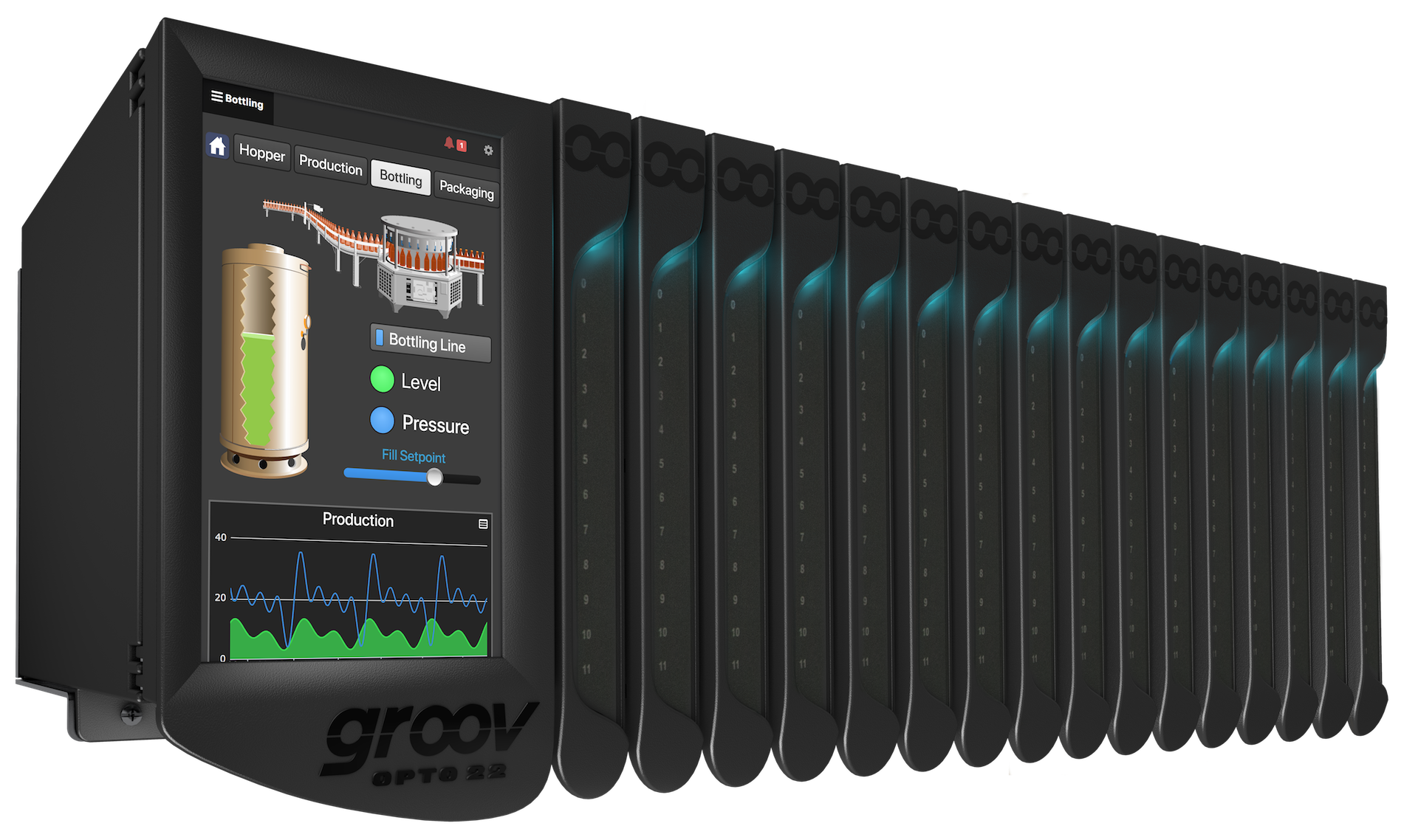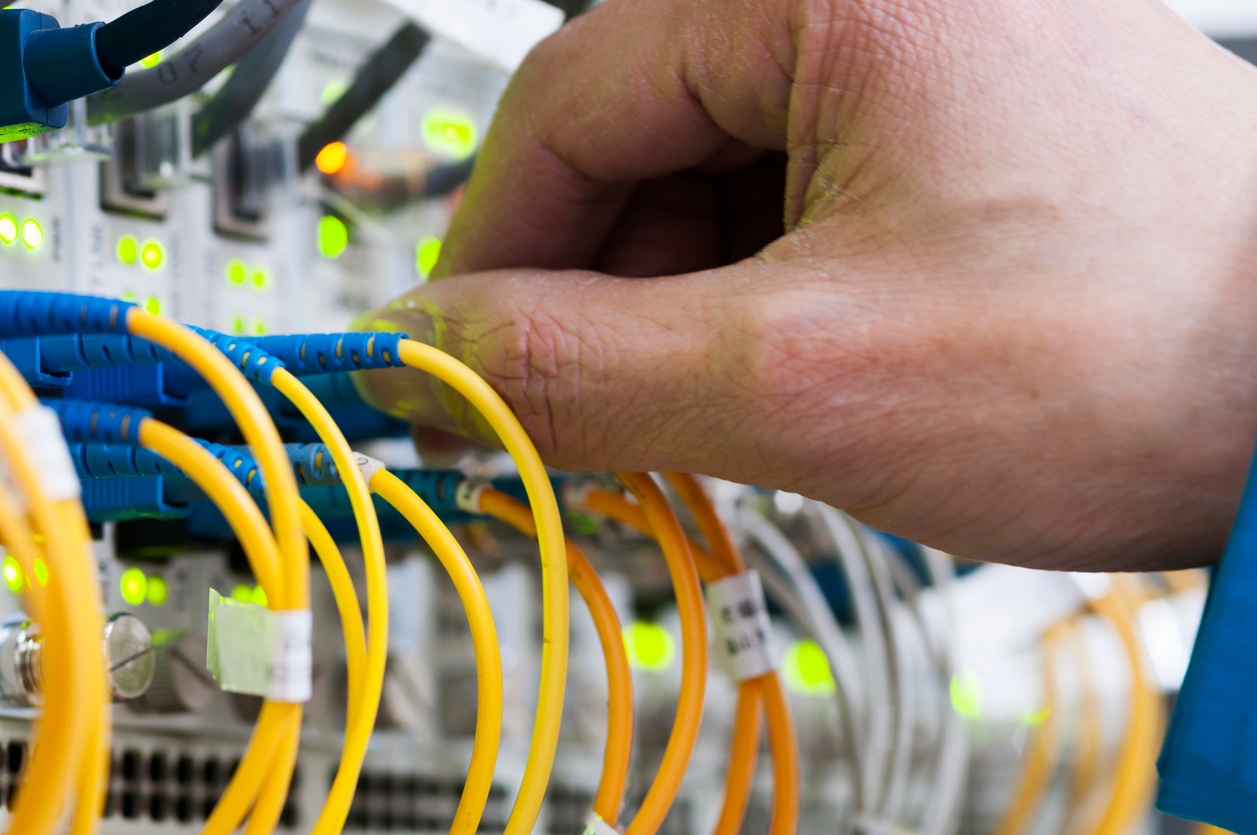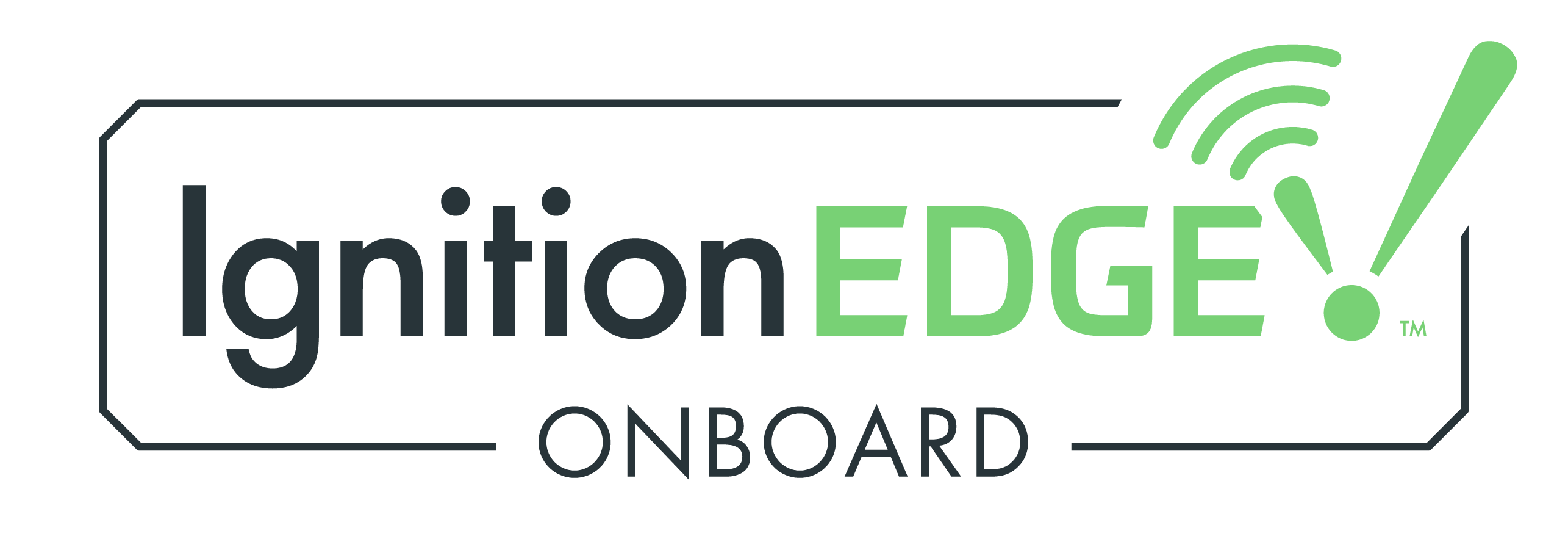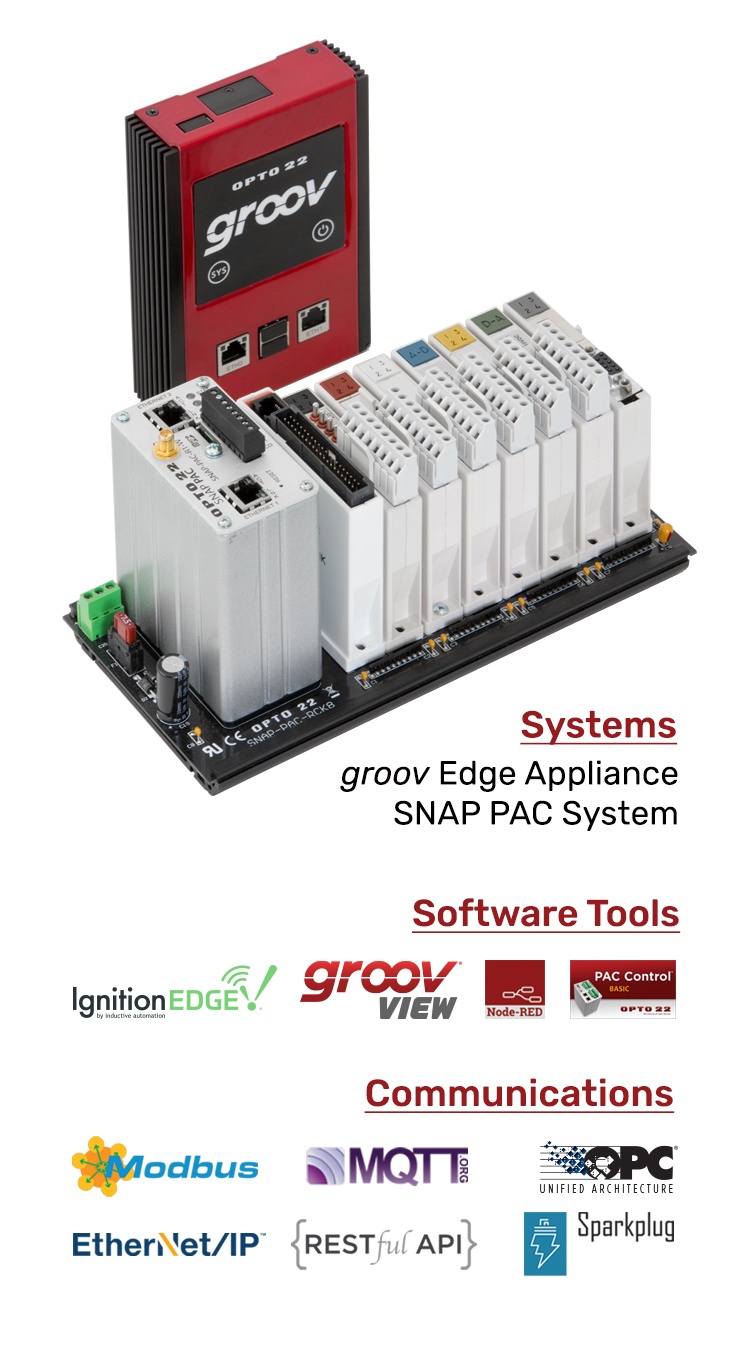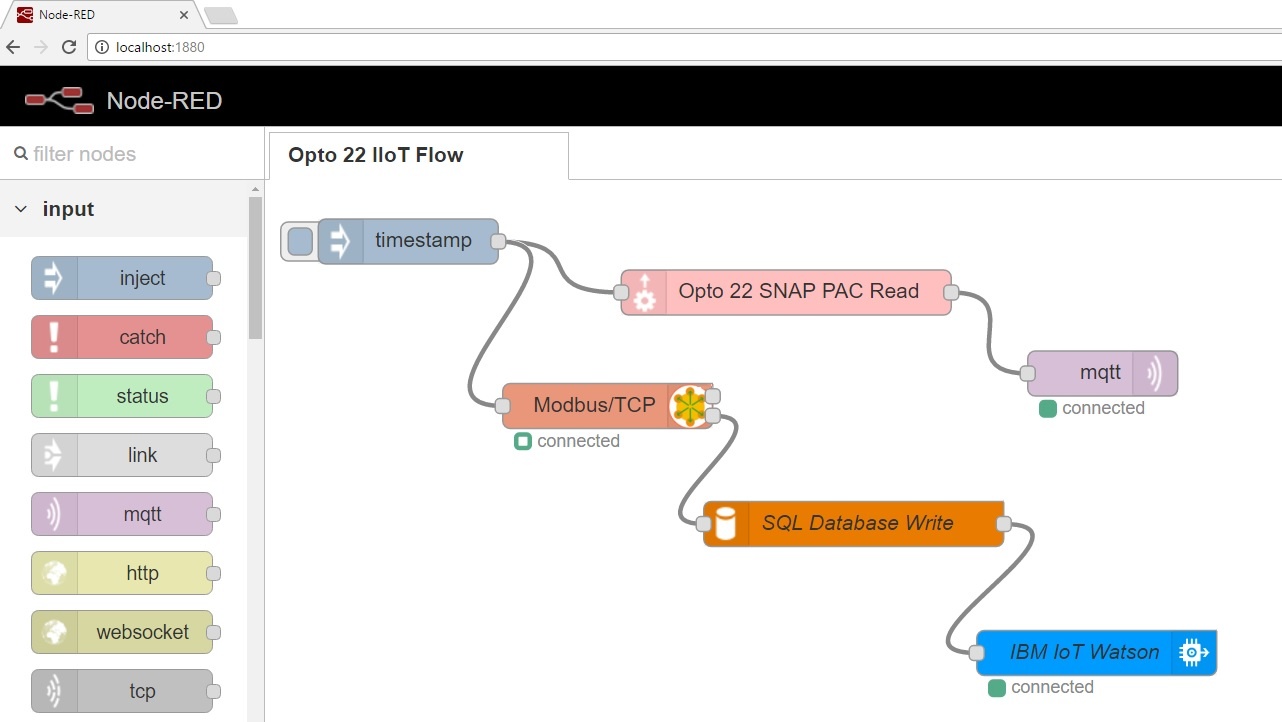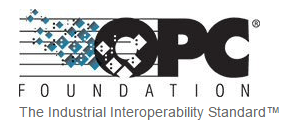In part 1 we met two communication models for computers on a network: request-response and publish-subscribe. Now let's take a look at when you might want to use each, and why.
Request-response: proven and reliable
In a request-response architecture, each client opens a direct connection to each server, because the client requests data directly from the server.
In automation, typically clients are PCs and servers are PLCs or PACs. So each PC opens a direct connection to each PLC or PAC from which it needs data.
Read More
Topics:
groov,
Internet of Things,
Remote monitoring,
IoT,
Machine builder,
OEM,
Integrators,
Networking,
IIoT,
Industrial Internet of Things,
Data acquisition,
MQTT,
Ignition Edge,
EPIC
When we announce a new product, we want you—our loyal customers and OptoBlog readers—to be the first to hear about it.
And this isn't just one product. This is EPIC: the world's first Edge Programmable Industrial Control system—a brand-new I/O and control system built for the future of automation and designed for the way you work.
Read More
Topics:
Energy management,
Process control,
Food & beverage,
Discrete control,
groov,
Internet of Things,
PLCs,
Remote monitoring,
Water & wastewater,
IoT,
Machine builder,
PACs,
OEM,
New products,
Integrators,
I/O,
PAC Project,
Building management,
Oil & gas,
PAC Control,
IIoT,
Industrial Internet of Things,
Node-RED,
Data acquisition,
MQTT,
Ignition Edge,
EPIC
We all know that computers and other electronic devices—printers, routers, laptops, smartphones, and more—are networked so they can exchange information.
But how does that information get where it’s supposed to go?
How does a spreadsheet get to the printer, a YouTube video get to your smartphone, or—most important for automation engineers—a value from a sensor get to your HMI?
Read More
Topics:
groov,
Internet of Things,
IoT,
Networking,
IIoT,
Industrial Internet of Things,
Data acquisition,
MQTT
Is the Internet of Things (IoT) just a lot of hype, or can the IoT technologies we keep hearing about provide real value?
RESTful APIs, Node-RED, and MQTT are just some of the new technical terms we're all starting to learn.
If you'd like to see these technologies in action to understand how they might be useful for your applications, then join us for a new webinar on December 12.
Opto 22's Senior Applications Engineer Kyle Orman will demo these technologies and more. He'll show you how to exchange live data between real-world I/O and IoT platforms.
You'll see:
- IoT hardware that's proven in industrial locations
- RESTful APIs to get data from PAC controllers
- Examples of simple logic flows created with Node-RED
- Ignition Edge® OPC-UA drivers built into the
groov Box
Read More
Topics:
Internet of Things,
IoT,
Machine builder,
PACs,
OEM,
Integrators,
API,
IIoT,
Industrial Internet of Things,
Node-RED,
Data acquisition,
MQTT,
Ignition Edge
In several previous posts we talked about some of the software technologies automation professionals should put on their radar in preparation for Industrial Internet of Things (IIoT) applications.
JavaScript, node.js and Node-RED offer a ton of benefits to those looking to build their IIoT application. Learn more about the Industrial Internet of Things in the State of the IIoT white paper.
Read More
Topics:
Internet of Things,
IoT,
PACs,
API,
REST API,
REST,
IIoT,
Industrial Internet of Things,
Node-RED,
MQTT
We've talked about some technologies, like edge computing and RESTful APIs, that reduce system architecture complexity for the Internet of Things (IoT) or Industrial Internet of Things (IIoT).
Reducing complexity is essential to making the IIoT work, especially for getting data from existing sensors, equipment, and devices that are functioning fine in the field but have no built-in IoT capabilities.
Read More
Topics:
Internet of Things,
Remote monitoring,
IoT,
PACs,
IIoT,
Industrial Internet of Things,
MQTT


